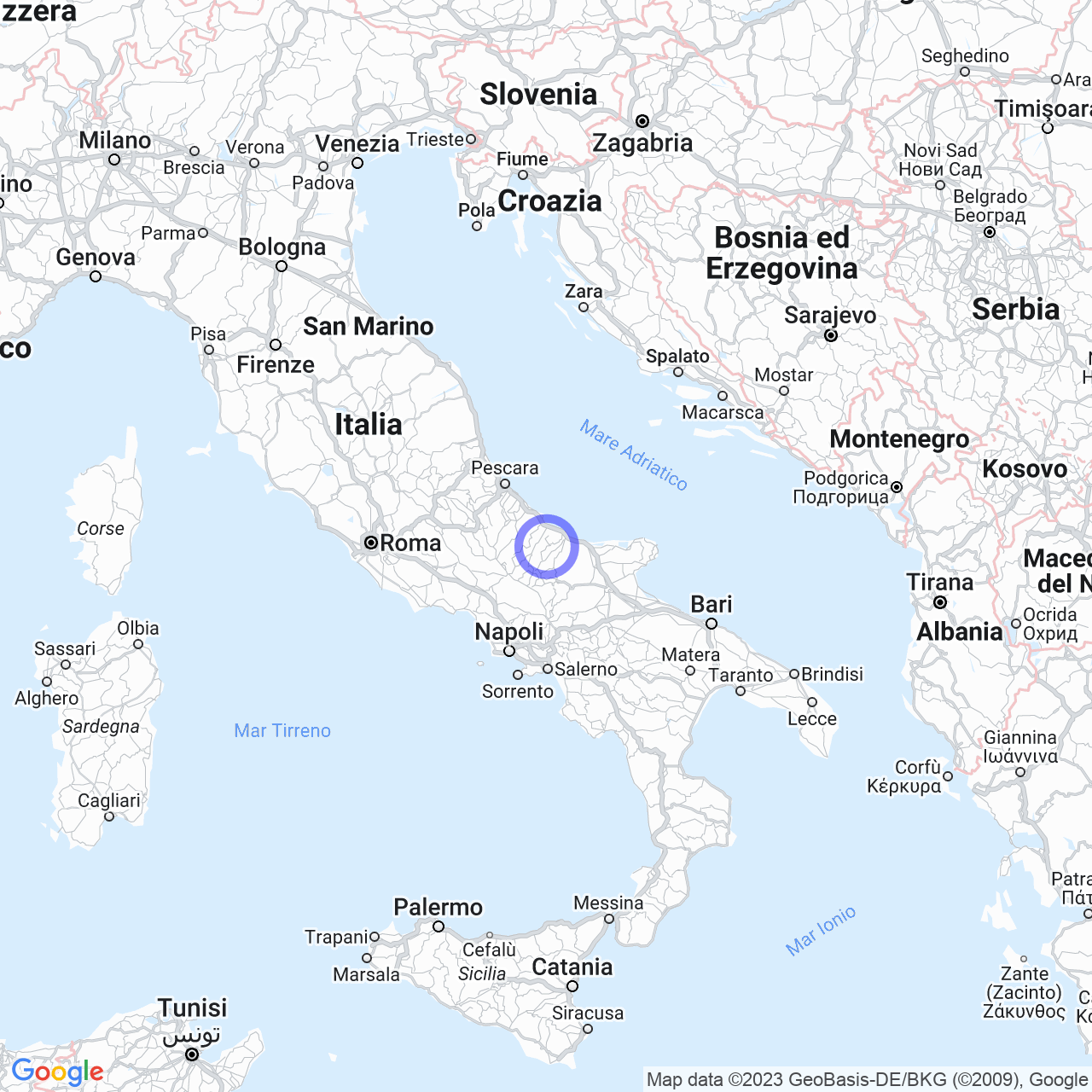Acquaviva Collecroce
Acquaviva Collecroce: a hidden treasure in Molise
Have you ever been to Acquaviva Collecroce? You've probably never heard of it, right? But this small Italian town in the province of Campobasso, Molise, has a lot to offer. With a population of only 576 inhabitants, Acquaviva Collecroce is one of the three Molisan municipalities of Croatian origin. Let's discover its history, its symbols, and its places of interest together!
History
The first signs of a village date back to the 13th century when Acquaviva Collecroce consisted of two hamlets. In the 16th century, Croatian populations migrated to the town, giving new life to the center of Collecroce, which had previously been depopulated. The name of the center became Sant'Angelo in Palazzo, and the village belonged to the Order of the Knights of Malta until 1785. Later the territory was under the government of the County of Salerno and the District of Larino. The parish church of Santa Maria Ester was part of the diocese of Guardialfiera, then suppressed and aggregated to Termoli. In 1911, Acquaviva reached a population of over 2000 inhabitants, but subsequently, the village has seen a slow depopulation due to emigration. Since 1949 it has been part of the province of Campobasso.

Symbols
The emblem of the Municipality of Acquaviva Collecroce is recognizable for the depiction of a gushing fountain on a blue background. The banner has an azure drape.
Monuments and places of interest
Church of Santa Maria Ester
The church of Santa Maria Ester, rebuilt in 1715 on the old structure, is the only church in the village. The new construction, in Baroque style, presents many legends and curiosities, especially for the Latin inscriptions present in the sub-body. At its richly decorated portal, a symbol was noticed that traces back to the Order of the Knights Hospitaller, who owned the village in medieval times. Inside the church, there are three aisles, with a Baroque-style main altar from 1780, entirely in marble, in the center. Above the tabernacle, a niche for the exposition of the Blessed Sacrament, while on the sides, two moving angels support, through a cornucopia, the golden brass candlesticks. On the steps of the altar, 18 candlesticks are arranged and lit on holidays, while in the lower part, an angel is represented collecting the blood that flows from the side of the risen Christ in glory. At the top of the altar, there is an artistic papier-mache Crucifix, displayed for the veneration of the faithful only on Good Friday.
And More...
Acquaviva Collecroce is particularly appreciated for its hilly position, located between the Biferno and Trigno rivers. The panoramic view offers an evocative experience, with a succession of green hills and breathtaking landscapes. Moreover, the historic center is pleasantly picturesque, with its narrow cobbled streets and stone houses that tell the story of the village.
Conclusions
In short, Acquaviva Collecroce is one of Italy's hidden gems, ready to be discovered and appreciated by anyone looking to escape the chaos of the city. Its history, artistic heritage, and natural beauty make it unique!
